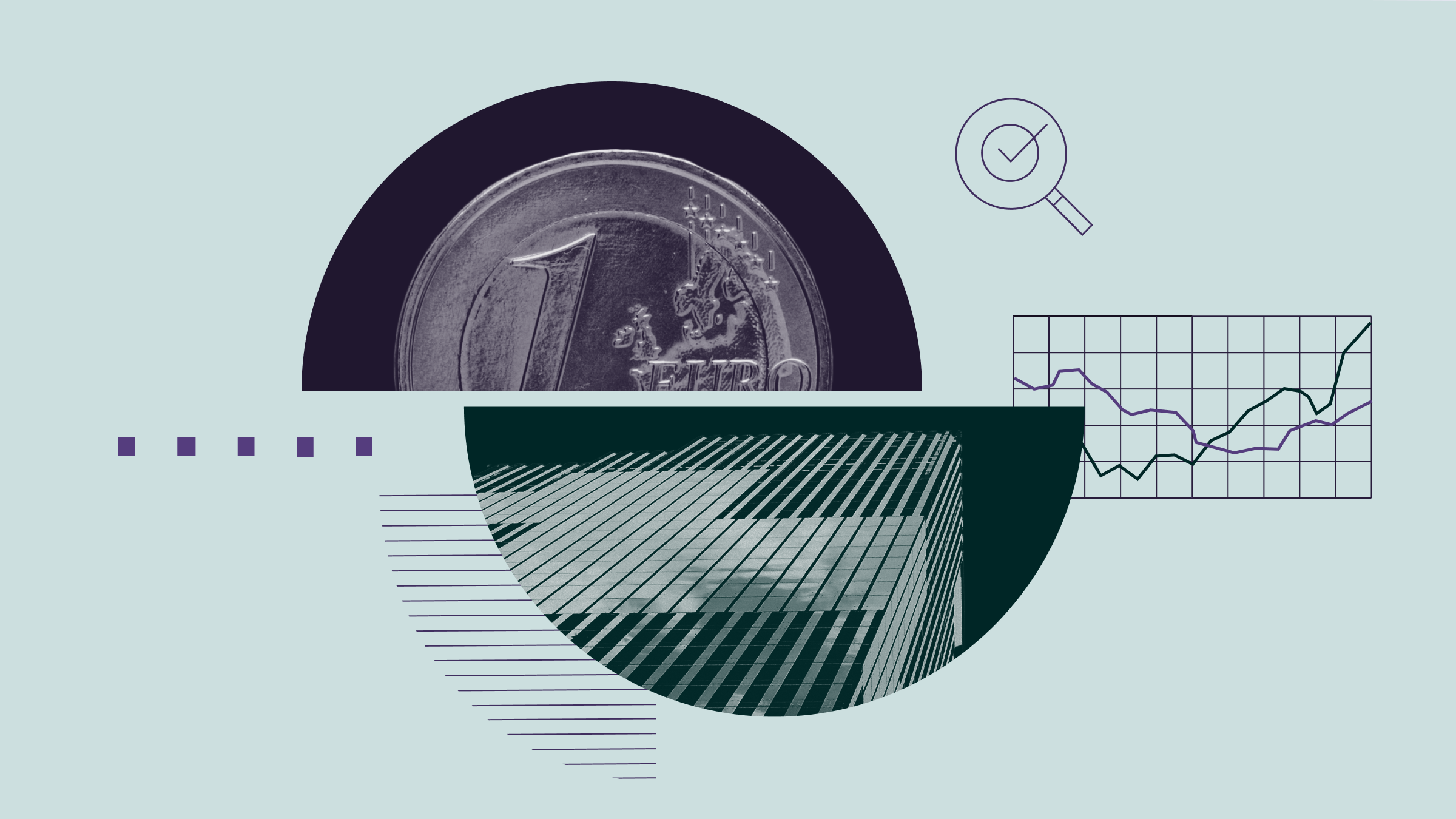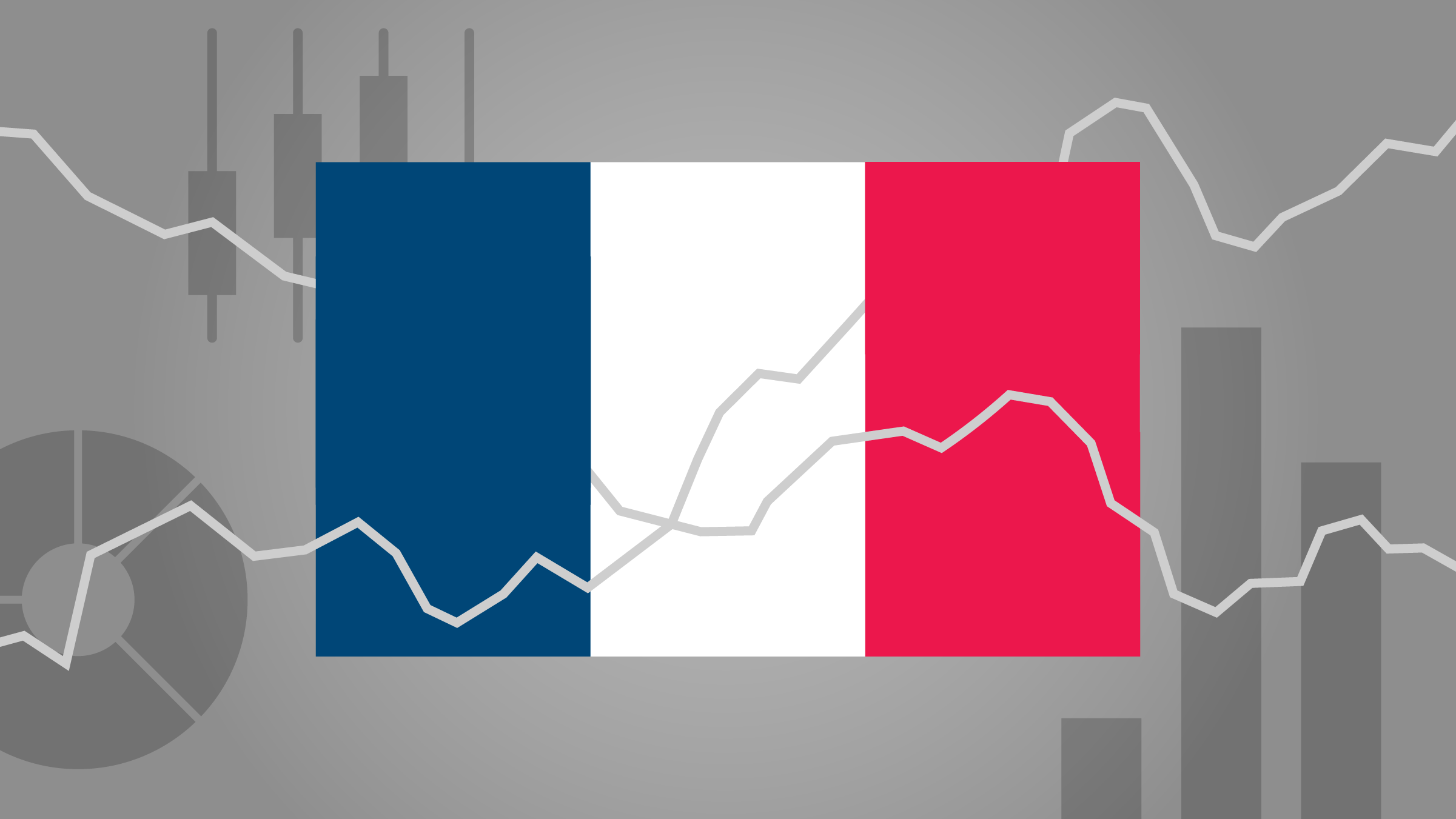As an individual investor, you may be interested in investing in commodities to diversify your portfolio. Investing in tangible assets such as oil, gold, silver, corn, and soybeans can offer diversification benefits. Commodities can also provide some protection from inflation.
But how do you invest in this market?
Buying gold bars or barrels of oil is not a very practical solution. You would have to worry about insurance and storage, and some commodities like corn or cocoa would not hold up too well over the years. For decades, these limitations meant that individual investors were essentially locked out of the commodities market. Thankfully, exchange traded products (more commonly referred to as ETFs) have now made it possible for individuals to gain exposure to the commodities market.
But not all commodity investment products are created equal. Many may function in a way that you would not expect. Below is an overview of the three most common ways for investors to gain exposure to commodities through exchange-traded products:
ETFs That Physically Hold Commodities:
Some ETFs buy and store commodities on behalf of investors. For example, the ETFS Physical Gold ETC (PHAU) buys gold bars for every share issued, and then stores them in vaults in London. This allows the ETF to track the price of gold for immediate delivery (which is also called the spot price). This is as close as you can get to actually holding the gold yourself.
ETFs That Buy Commodities Futures Contracts:
Some ETFs buy futures contracts, which is the promise to get a delivery of a commodity at a certain date and price in the future. These futures contracts represent what the market believes a commodity will be worth in the future, not the current price. As those commodities contracts expire, the fund must roll its assets over into new futures contracts. This can cause the returns of these funds to differ materially from the performance of the underlying commodity. This could be a shock to investors who buy a fund like the ETFS Brent Oil 1 Month ETF (OILB) thinking they were getting direct oil exposure, but soon discover that their returns are different from spot oil prices.
ETFs that invest in Commodities-Focused Companies:
Investors can use ETFs to invest in commodities-focused companies, such as miners, which is a less direct approach to commodities investing. For example, the iShares S&P Commodity Producers Gold (IE) (IAUP) ETF attempts to mimic the returns of the S&P Commodity Producers Gold Index. This index tracks the shares of large publicly-traded miners who are involved in the exploration and production of gold, such as Barrick Gold (ABX) and Goldcorp (G). This ETF allows investors to indirectly gain exposure to gold prices through the miners that are involved in the gold market.
Voir par exemple le fonds iShares S&P Global Timber
Despite the potential benefits that can be reaped from investing in commodities through ETFs, there are several important downsides to consider. Unlike stocks and bonds, commodities do not produce income or have a stake in future profits of a business. They are worth what other investors are willing to pay for them. Therefore, there is risk involved with commodities investments. Morningstar research has shown that for most investors, direct commodity exposure should be very limited and diversified amongst energy, agriculture, industrials and precious metals.
Overall, commodity ETFs can help you diversify your portfolio and gain exposure to the oft-discussed commodity market, but make sure you conduct your own due diligence before investing. Ensure that you understand what you are buying, and that commodities play a small role in your diversified portfolio.
















